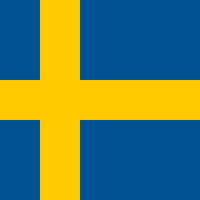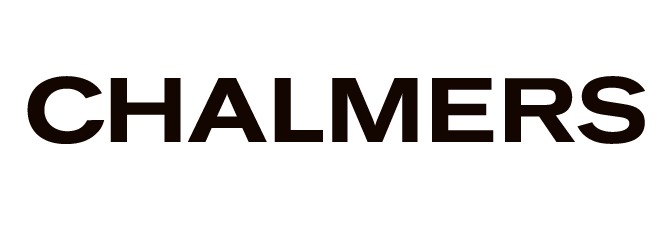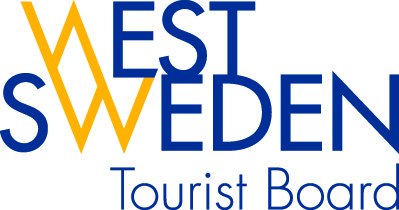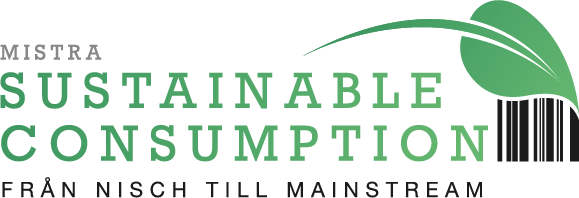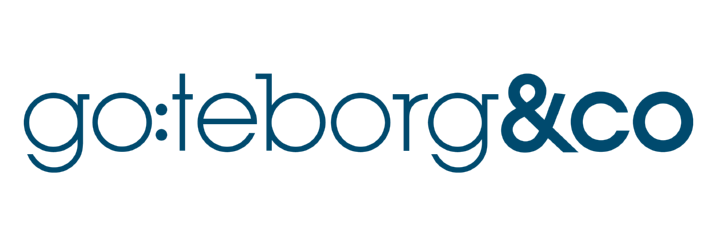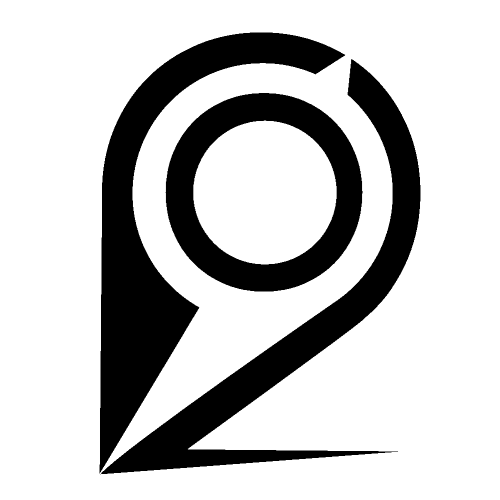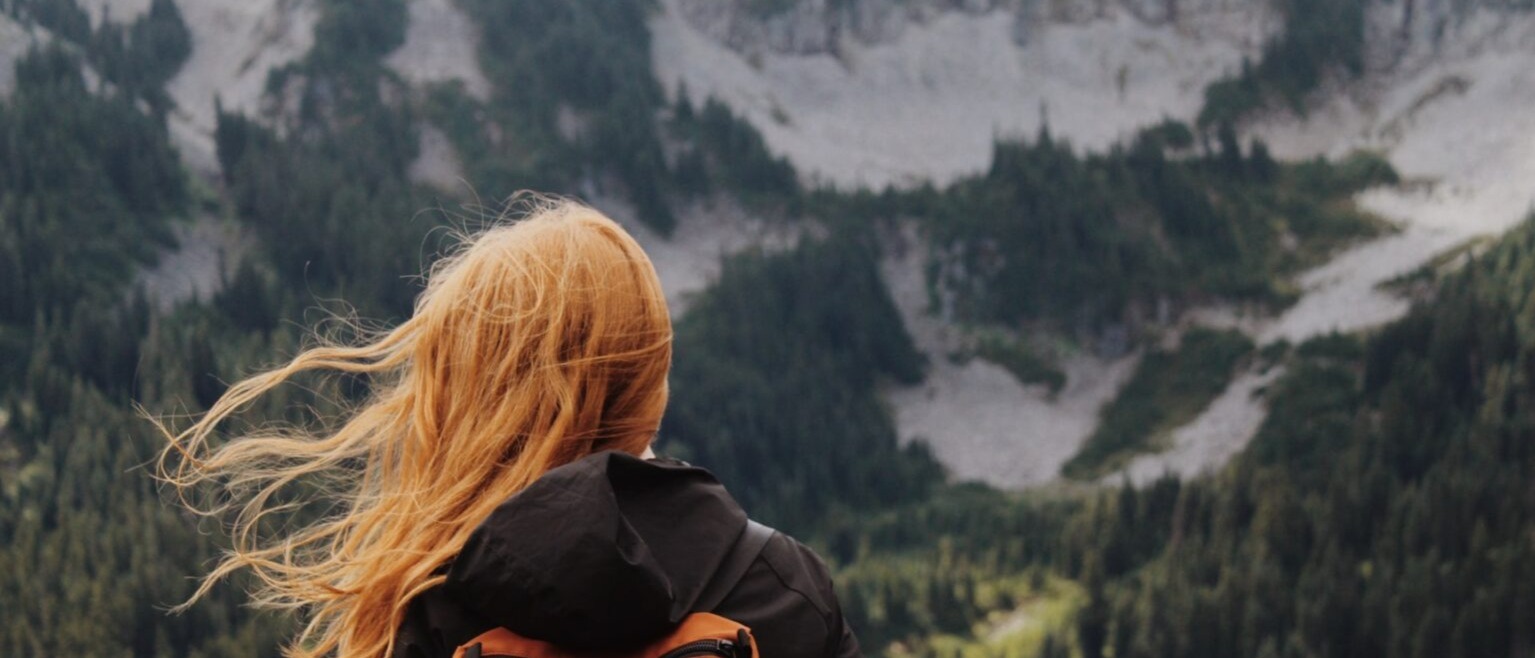
Behaviour on holiday
Being on holiday is not like our day to day life. It’s important to clarify the difference between the everyday, free time and holiday, to understand the changes in our behaviour that (often) happen when we go away. Many researchers proceed from how our society has been organised, from industrialisation and modernisation onwards, to explain the differences. Time is linear, and structured around work and free time, as well as production and consumption. This governs our social rhythms. It influences for example how and what we consume. In general our day to day consumption is more function led and rational (food, clothes, cars etc) whereas we indulge in more hedonistic and luxurious consumption the more free time we have (experiences, travel, alcohol, restaurant visits).
The weekend is a temporary respite but holidays are the ultimate form of freedom. We aren’t limited in the same way; in time because we aren’t working, in space because we aren’t as tied to one place, or financially as the opportunities to be consumers increases dramatically. When trying to get away from the everyday and our routines we seek out hedonistic experiences in the form of travel to another place, for example. We want a contrast and to experience things we never normally do. Being a tourist can be seen as a micro experiment in making life better, as an accessible (temporary) dream or Utopia.
This behaviour, in the form of hedonistic consumption and altered needs, motives and expectations, which is ok when on holiday, is not always possible or accepted in everyday life. According to Wang (2002), it’s when we are on holiday that we reach the limits of consumption and overcome our daily norms. Wang calls this Peak Consumption, consumption at the top of the consumption hierarchy. Our hedonistic behaviour on holiday has both a positive and a negative impact on destinations. Examples of negative impacts are increased alcohol consumption, or prostitution, and examples of positive impacts are financial benefits or cultural exchanges and learning. These impacts are described in more detail in tourism and sustainable development, social and cultural impacts and economic impacts, amongst others.
Sources
Jafari, J. (1987). Tourism models: the sociocultural aspects. Tourism Management, 8(2), 151-159.
Wang, N. (2002). The Tourist as Peak Consumer. In G. Dann (Ed.), The tourist as a metaphor of the social world (pp. 281-295). Wallingford: CABI Pub

